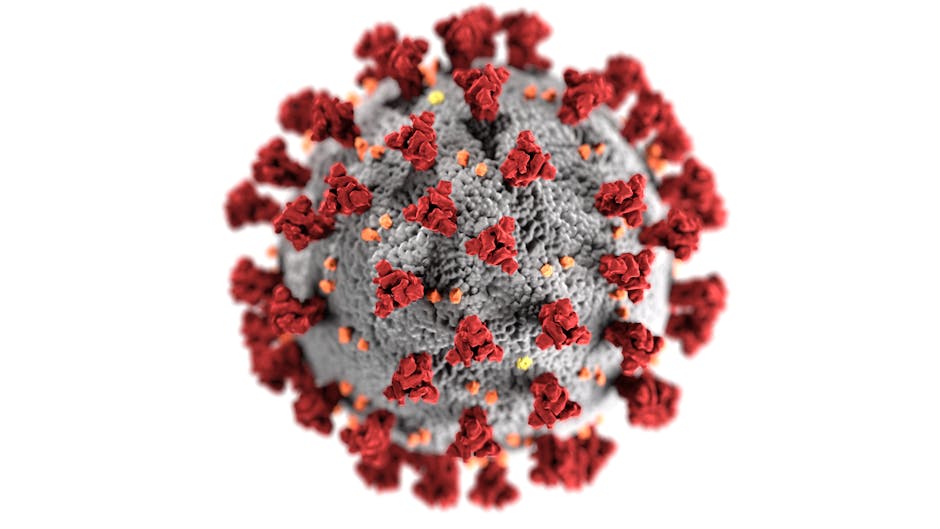COVID-19: A Comprehensive Overview of the Pandemic, its Impact, and the Path Forward
The COVID-19 pandemic, caused by the SARS-CoV-2 virus, dramatically altered the global landscape in unprecedented ways. From its initial outbreak in Wuhan, China, in late 2019, the virus rapidly spread across continents, overwhelming healthcare systems and triggering widespread societal disruption. This article provides a comprehensive overview of the pandemic, exploring its origins, transmission, health effects, economic consequences, societal changes, and ongoing efforts to mitigate its impact.
Origins and Spread of COVID-19
The exact origin of SARS-CoV-2 remains a subject of ongoing investigation. However, scientific consensus points to zoonotic origins, meaning the virus likely jumped from an animal host to humans. The initial outbreak in Wuhan was linked to a seafood market, suggesting a possible intermediary animal host. The virus’s rapid spread was facilitated by several factors, including its high transmissibility through respiratory droplets and aerosols, asymptomatic carriers, and global interconnectedness through travel and trade.
The World Health Organization (WHO) declared COVID-19 a Public Health Emergency of International Concern (PHEIC) in January 2020 and a pandemic in March 2020. The virus quickly spread globally, leading to widespread lockdowns, travel restrictions, and unprecedented public health measures aimed at containing its transmission.
Health Impacts of COVID-19
COVID-19 presents a wide range of symptoms, from mild respiratory illness to severe pneumonia and acute respiratory distress syndrome (ARDS). While many individuals experience mild or asymptomatic infections, a significant proportion require hospitalization, and a subset develop severe complications, including blood clots, multi-organ failure, and long-term health issues known as “Long COVID”.

High-risk groups include older adults and individuals with pre-existing conditions such as cardiovascular disease, diabetes, and chronic respiratory illnesses. The pandemic has placed an immense strain on healthcare systems worldwide, leading to shortages of hospital beds, ventilators, and medical personnel.
Long COVID: Understanding the Long-Term Effects
Long COVID, also known as post-COVID-19 condition, refers to a range of persistent symptoms that can emerge weeks or months after the initial infection. These symptoms can include fatigue, brain fog, shortness of breath, chest pain, and a variety of other debilitating conditions. The long-term impacts of Long COVID are still being researched, but it’s clear that it poses a significant public health challenge.

Economic Consequences of the COVID-19 Pandemic
The COVID-19 pandemic triggered a severe global economic downturn. Lockdowns and restrictions on businesses led to widespread job losses, business closures, and supply chain disruptions. The tourism, hospitality, and aviation industries were particularly hard hit. Governments implemented massive stimulus packages to mitigate the economic impact, but the long-term economic consequences are still unfolding.
Increased national debt, inflation, and market volatility all emerged as major concerns in the wake of the pandemic. The economic disparities already existing within and between nations were exacerbated by the pandemic’s impact.
Societal Changes and Impacts
The COVID-19 pandemic profoundly impacted society in various ways. The widespread adoption of remote work and online learning accelerated the digital transformation, while social distancing measures altered social interactions and community life. The pandemic also highlighted existing social inequalities, with disproportionate impacts on marginalized communities.
Mental health challenges, including anxiety, depression, and isolation, increased significantly during the pandemic. The pandemic also led to a rise in domestic violence and other social problems.

Combating COVID-19: Vaccines, Treatments, and Public Health Measures
The development and deployment of COVID-19 vaccines were a crucial step in combating the pandemic. Vaccines significantly reduced the severity of illness, hospitalizations, and deaths. However, vaccine hesitancy and the emergence of new variants presented ongoing challenges.
Various treatments have been developed to manage COVID-19, including antiviral medications and supportive care. Public health measures such as mask-wearing, hand hygiene, and social distancing remain vital in preventing transmission, even with widespread vaccination.
Variants and Future Challenges
The SARS-CoV-2 virus has continuously evolved, giving rise to numerous variants. Some variants have demonstrated increased transmissibility, immune evasion, or severity of illness, requiring ongoing adaptation of public health strategies and vaccine development.
The pandemic highlighted the critical need for robust global public health infrastructure, international collaboration, and equitable access to vaccines, treatments, and diagnostics.
The Path Forward: Lessons Learned and Future Preparedness
The COVID-19 pandemic serves as a stark reminder of the vulnerability of humanity to infectious diseases. Lessons learned from this experience must inform future pandemic preparedness efforts. This includes strengthening public health systems, investing in research and development, improving surveillance and response mechanisms, and fostering international collaboration.
Addressing health inequities, promoting global health security, and building resilient communities are essential for mitigating the impact of future pandemics. The long-term effects of COVID-19 will continue to be felt for years to come, emphasizing the importance of ongoing research, monitoring, and public health interventions.
- Strengthening global surveillance systems for early detection of outbreaks
- Investing in research and development of new vaccines and treatments
- Improving access to healthcare and addressing health inequalities
- Fostering international collaboration and information sharing
- Promoting public health literacy and preparedness
The COVID-19 pandemic has been a watershed moment in human history. By understanding its origins, impacts, and the lessons learned, we can work towards a more resilient and prepared future, better equipped to face future global health challenges.

